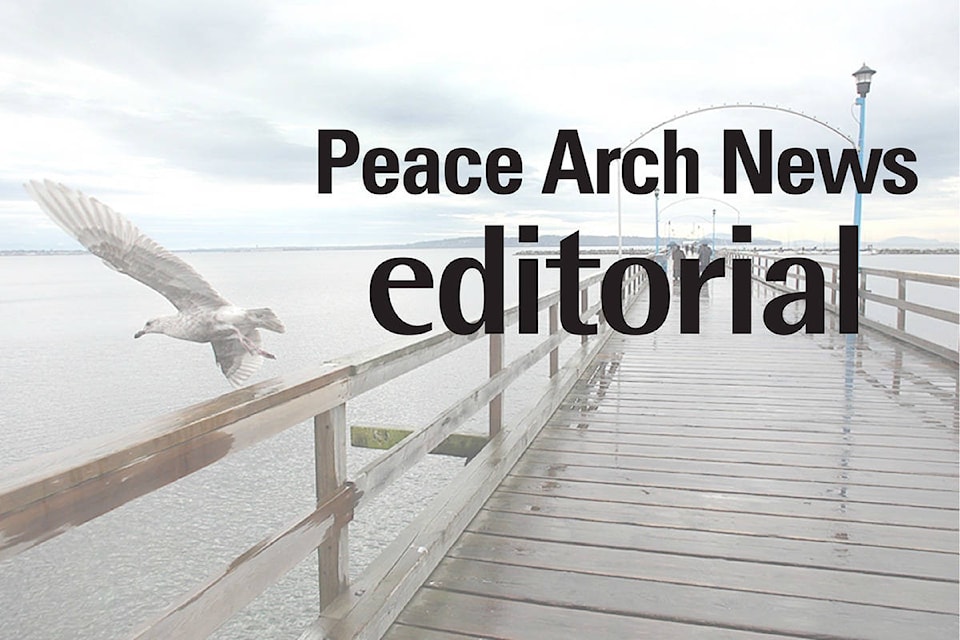White Rock council took an unusual step at its July 22 meeting by sticking its collective nose into another municipality’s business. Not only did council refuse to endorse a proposal to change the designation of 155 acres of Burns Bog near Highway 99 from agricultural to industrial use, as part of a land swap, they also voted to send a letter to Metro Vancouver expressly opposing the change.
READ MORE: White Rock council goes on record as opposing Delta land-swap
While we wouldn’t normally advocate cross-boundary meddling by council, in this situation, we whole-heartedly endorse the decision.
That’s because what happens in Burns Bog can and does affect hundreds of thousands of residents both within and beyond Delta’s borders.
“It is the largest raised peat bog and the largest undeveloped urban land mass on the West Coast of the Americas,” according to the Burns Bog Conservation Society.
Dubbed “the lungs of the Fraser Valley,” the bog is home to hundreds of plant and animal species and serves as a stopover for numerous bird species on the Pacific Flyway. It helps maintain the health of nearby salmon-bearing creeks by cooling and filtering rainwater.
Peat traps carbon and helps prevent it from escaping into the atmosphere.
While its contribution to the health of the local environment is unquestionable, there are some who see its value more in terms of dollars and cents. This has been the case for most of the last century, from peat mining in the 1930s and ’40s, to railway construction in the 1950s.
Not all proposals have found success, however – bids in the late 1980s and early ’90s to build a deep-sea port at Burns Bog and a proposal in 1999 to relocate the PNE from East Vancouver were put forward and subsequently shot down.
In 2004, Canada, B.C., Metro Vancouver and Delta together purchased just over 2,000 hectares of Burns Bog and turned it into an ecological conservancy area, at a cost of $73 million.
Currently, 525 acres of Burns Bog remains private land, not protected under the conservancy plan set up by the levels of government.
Thus, these parcels of land remain vulnerable to project proposals, says the conservation society.
So it’s crucial that governments at all levels maintain a watchful eye on what is proposed for all areas of the bog. Sometimes that will mean surrounding municipalities will be required to stick their nose in – so that we can all breathe a little easier.
